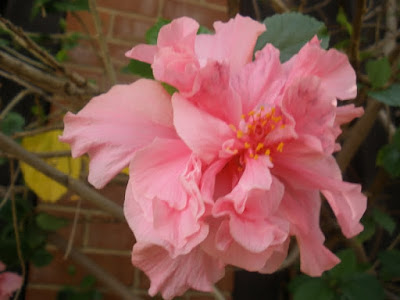Source: JPG
The Snowdrop (Latin: Galanthus nivalis) is the first flower coming even out through the snow, forecasting the spring arrival. It is considered to be one of the most delicate flowers on Earth - a symbol of fragility and tenderness.
The Snowflake (Latin: Leucojum aestivum) is called also 'The Marsh Snowdrop' and appears a couple of weeks later, being more solid and brassy.
The Dandelion (Latin: Taraxacum officinale), you can meet them on every grass field... and not few at number. It is famous for its medicinal uses as a tea or eaten even fresh.
The Tulip (Latin: Tulipa) has the origins in Southern Europe, Northern Africa and Asia, where you can find it even on Iran's national flag. It includes over 100 species and in my country it is very, very popular.
The Elderberry (Latin: Sambucus nigra) is very well known as a medicinal tea flower or even used fresh for making of refreshing drinks. In the past, people put it in horses' mane in order to drive away the flies with its powerful smell.
The Chamomile (Latin: Matricaria chamomilla), maybe the most known medicinal flower on Earth, is very frequently met on the fields of my country. It has an apple like scent and in the past it was used as a dye to produce green color, but mostly for alternative therapy uses. For example, US National Library of Medicine lists over 100 separate diseases which chamomile has been traditionally used to treat.
The Forsythia (Latin: Forsythia) is also called "Golden Rain" because of the shining yellow flowers which bloom in the early spring, even before the leaves are produced. Forsythia had overtaken many European gardens and parks as an ornament flower.























